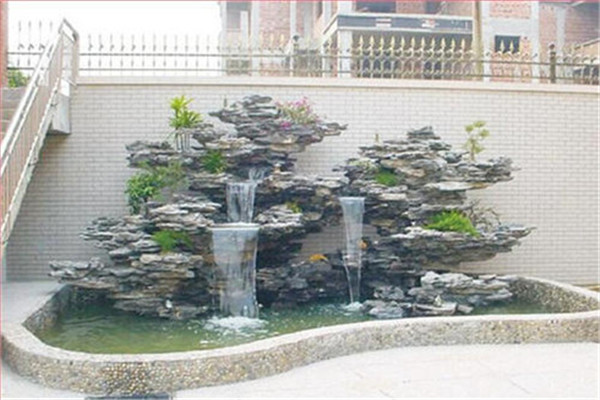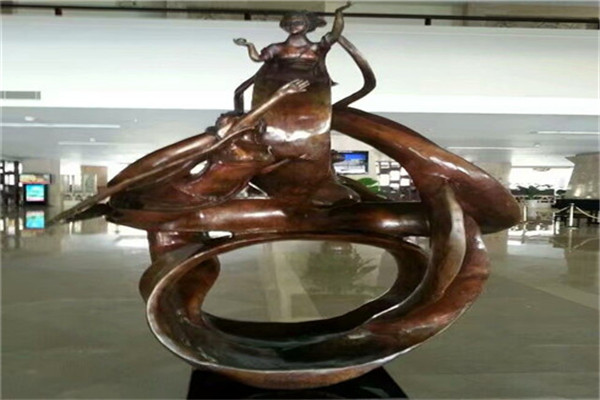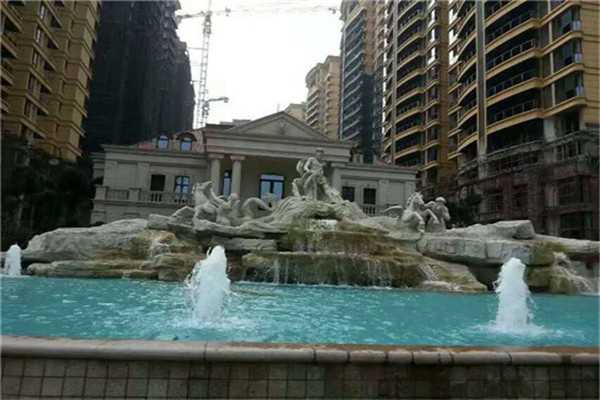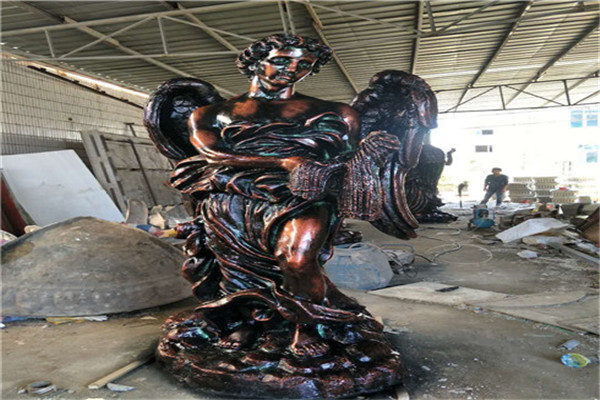
Relief is a kind of sculpture. The sculptor carves the image he wants to shape on a flat plate, making it separate from the plane of the original material. Relief is the product of the combination of sculpture and painting. It deals with objects in a compressed way, and displays three-dimensional space by perspective and other factors. It is only for one side or two sides to see. The reliefs are usually attached to another plane, so they are used more in architecture and can be seen on utensils and implements. Due to its compression characteristics, it occupies less space, so it is suitable for decoration in a variety of environments. In recent years, it has played an increasingly important role in urban beautification. The relief is as rich and colorful as the round sculpture in content, form and material. The materials of relief include stone, wood, ivory and metal. The relief is a semi vertical sculpture whose image shape protrudes from the stone surface (as opposed to the relief). It can be divided into light relief and high relief according to the depth of stone removal in image modeling. The bas reliefs are single level statues with relatively simple contents; The high relief is a multi-level statue with complicated contents. The carving technique and expression style of relief are basically the same as those of round sculpture. Many ancient and modern large-scale memorial buildings, high-end mansions and private houses are equipped with such decorations. Their main works are wall blocks, flower windows, dragon columns (early) and column bases.

Common architectural styles of GRC include European style, Mediterranean style, North American style, modern style, neoclassical style, new Chinese style, etc. In the practical application of new Chinese style buildings, the overall use of wood frame structure, or change the solid wood to concrete and wood like paint to reduce costs; Then, stone materials such as cornices, brackets, moldings, flower pots, etc. of buildings are replaced by GRC components sprayed with stone like paint, which can reduce a lot of material costs, reduce costs, and achieve design results. Hainan GRC components are applicable to the external walls of various styles of buildings. They are rich in shapes, exquisite and elegant. They provide a variety of creative choices for architectural designers. They can reflect the decorative style of buildings to a large extent, and are a new green decorative material.

Components are reusable software modules oriented to software architecture. Hainan GRC line It is a reusable software component that can be used to construct other software. It can be encapsulated object classes, class trees, some functional modules, software frameworks, software architecture (or architecture), documents, analysis pieces, design patterns, etc. In 1995, Ian Graham defined components as follows: GRC line Price Component refers to an object (interface specification, or binary code), which is used for reuse, and the interface is clearly defined. Hainan sculpture component appears as a logic tight program code package with a good interface. For example, Ada's Package, Smalltalk-80 and C++'s class and data type can all belong to the component category. However, the operation set, procedure and function can not become a component even if they can be reused. Developers can develop new application systems by assembling existing components, so as to achieve the purpose of software reuse. Software component technology is the key factor of software reuse, and also the focus of software reuse technology research.

Most of the jades mentioned in daily life refer to nephrite, and there are many kinds of nephrite products. Generally, they refer to white sheepskin jade, white jade, topaz, purple jade, black jade, jasper, sapphire, ruby and northeast Xiuyu produced in Xinjiang. In the jade carving, the white jade with sheepskin is fine in texture and strong in luster, as white as sheepskin, which can be called "the king of nephrite" and "the crown of white jade". In addition, Nanyang jade, Lantian jade, Hotan jade, agate, crystal, coral, turquoise, lapis lazuli, etc., all belong to the category of nephrite. Later, due to the opening of the Silk Road, the jade produced in Hotan, Xinjiang, was unanimously recognized and began to play a leading role in the processing of royal, official and folk jade. Nephrite gradually evolved into a synonym for hotan jade.




